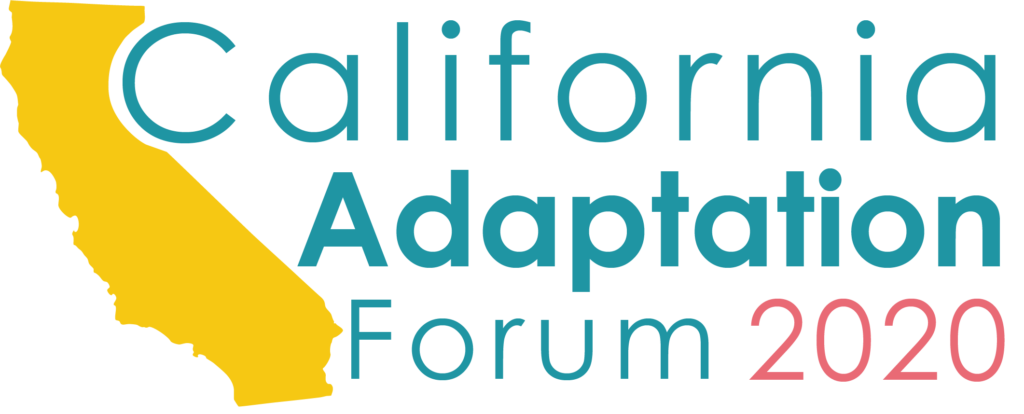Introduction
Starting at the first Biennial California Adaptation Forum in 2014, the Forum organizers –a diverse committee of state, regional, and local stakeholders – felt it was important to define an overarching vision for moving adaptation action forward in our local communities and across the state. This vision was shared in 2014, refined in 2016 and is here again for 2018 presented as a set of core guiding principles that encompass a practical framework for action.
This framework is not intended to be a long-standing or fixed statement, but rather serves as a working compass for orienting us towards the most strategic and meaningful actions we can take in the near-term. We offer these principles in the form of the following “Adaptation Action Framework” to all Forum attendees to better understand the outlook that underlies this whole event, and also for your consideration and use in your own work.
Preamble
Climate change is happening now, and is expected to accelerate in the years ahead. Although California is at the forefront of global climate action to reduce global warming and ocean-souring emissions, reducing our risks and increasing our resiliency to the changes ahead will require an unprecedented degree of cooperative action throughout California starting now. Therefore, we believe that:
Action Areas
We agree that in order to realize this vision, we need to keep these three primary areas of action – people, infrastructure and the built environment, and natural systems – in the forefront of our individual and collective adaptation efforts. We further recognize that these three action areas are inextricably interwoven. Therefore, we will strive to achieve multiple, cross-sector benefits, and assess the interactions that choices in one area might have on the others.
Process Guidelines
As adaptation is an emerging practice that will take many forms over time, we agree that the following process guidelines should be considered when selecting, developing and implementing adaptation initiatives:











